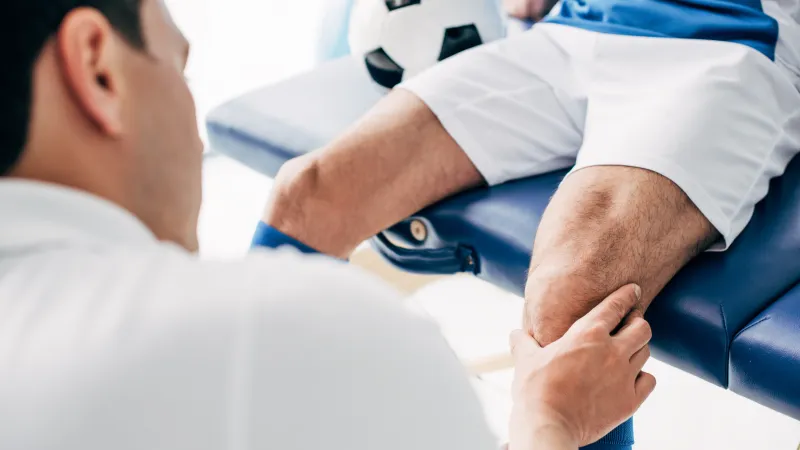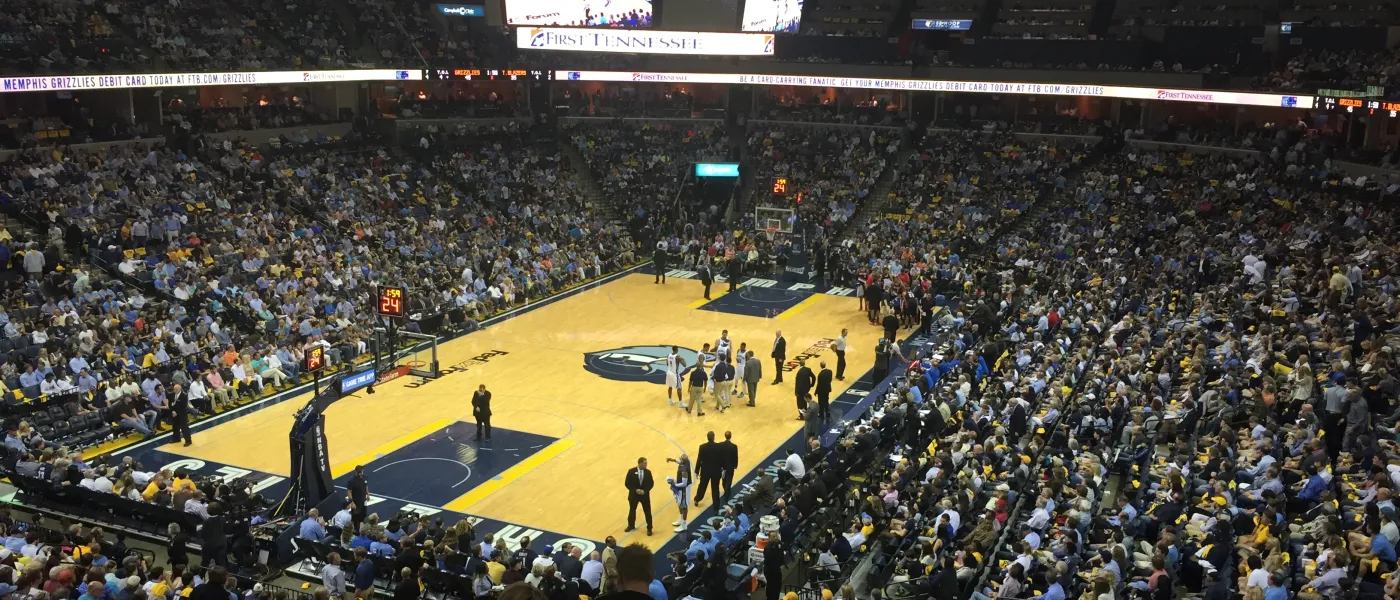
Urgent Care
OrthoSouth Urgent Orthopedic Care features dedicated orthopedic specialists available for immediate consult in the case of urgent orthopedic injury. Skip the ER, long wait times, and uncomfortable waiting rooms - just walk in to your 5-star urgent orthopedic care experience. Or, let us know when to expect you by scheduling your urgent care appointment through our convenient online booking portal.
Walk In Locations
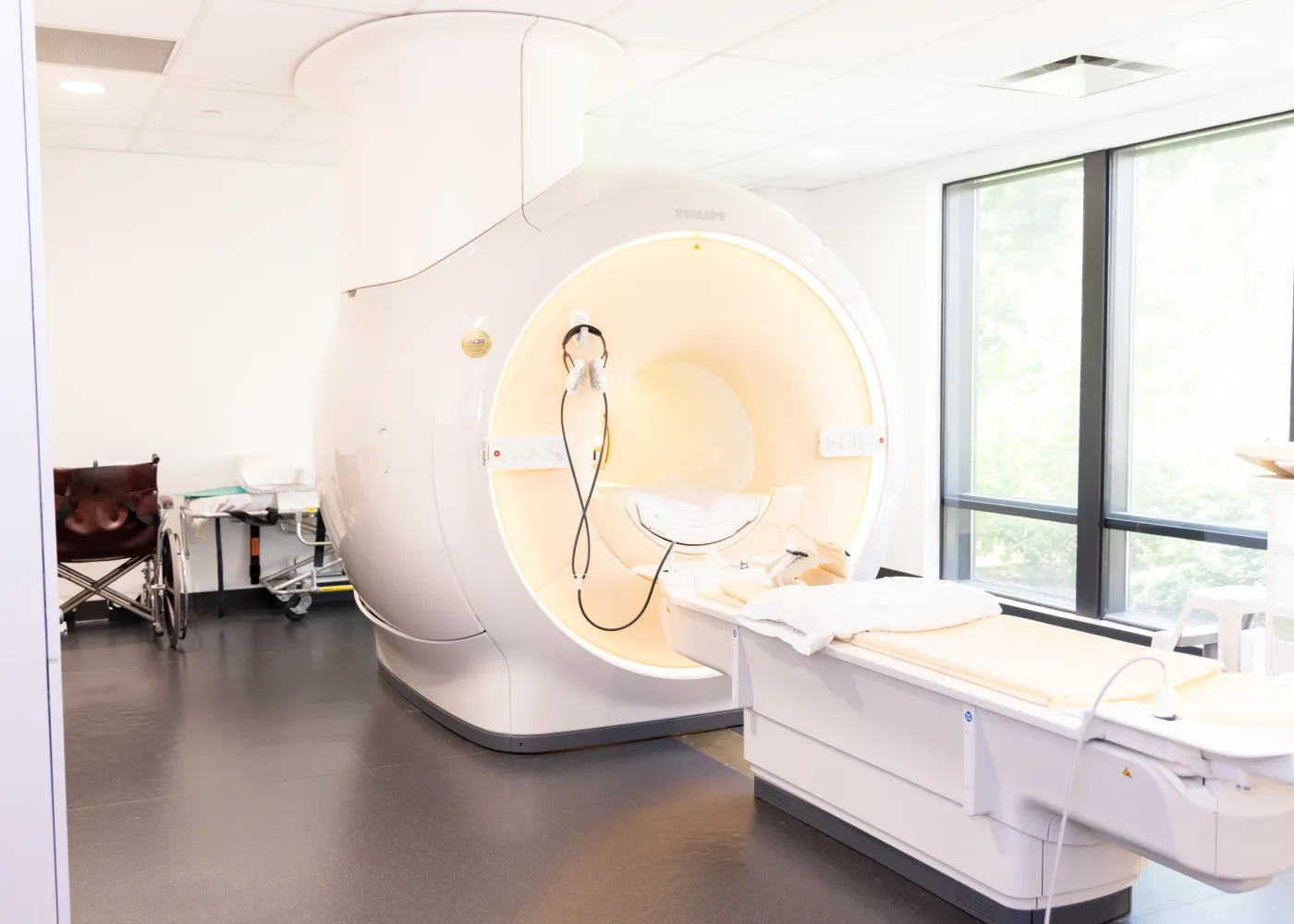
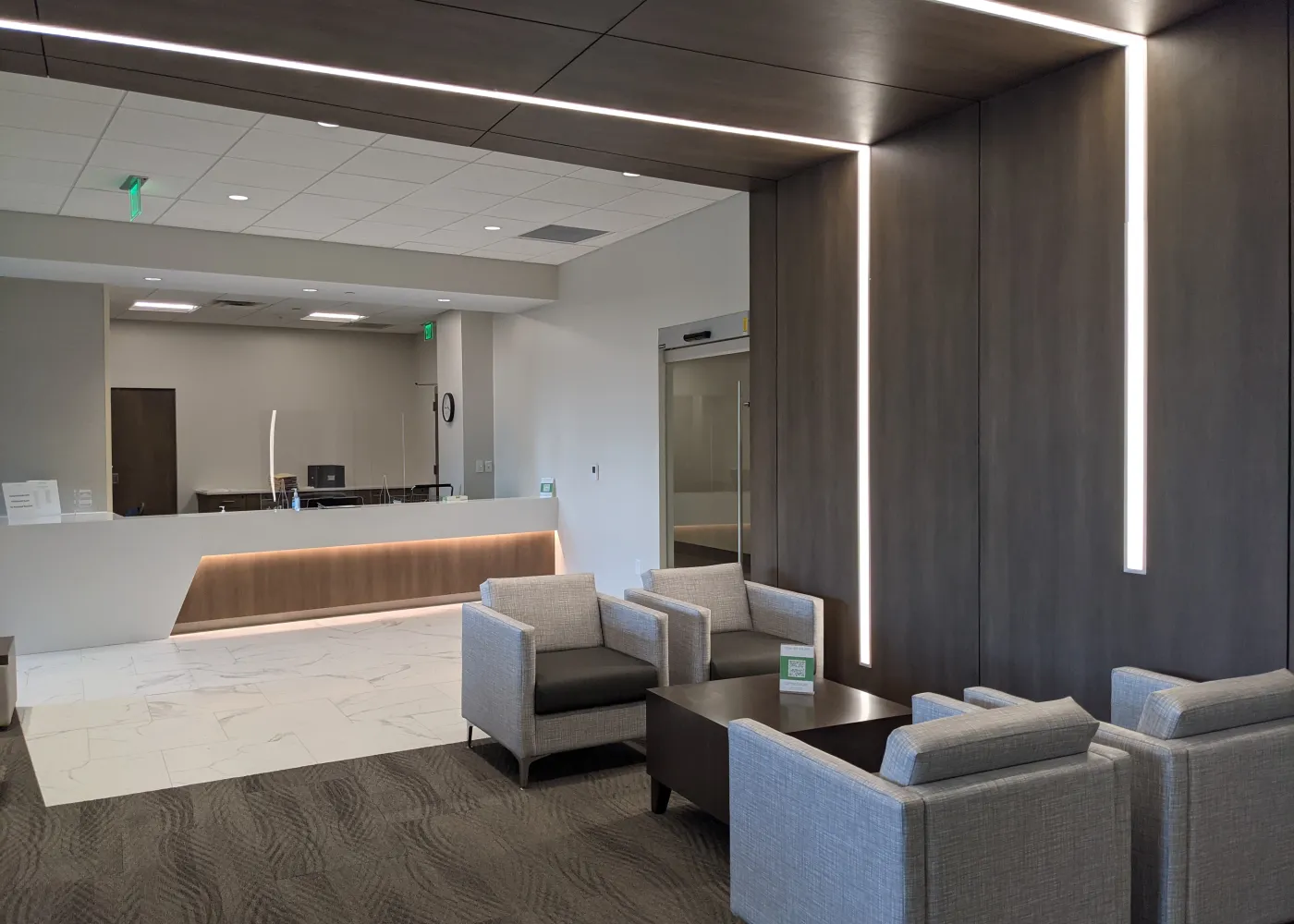


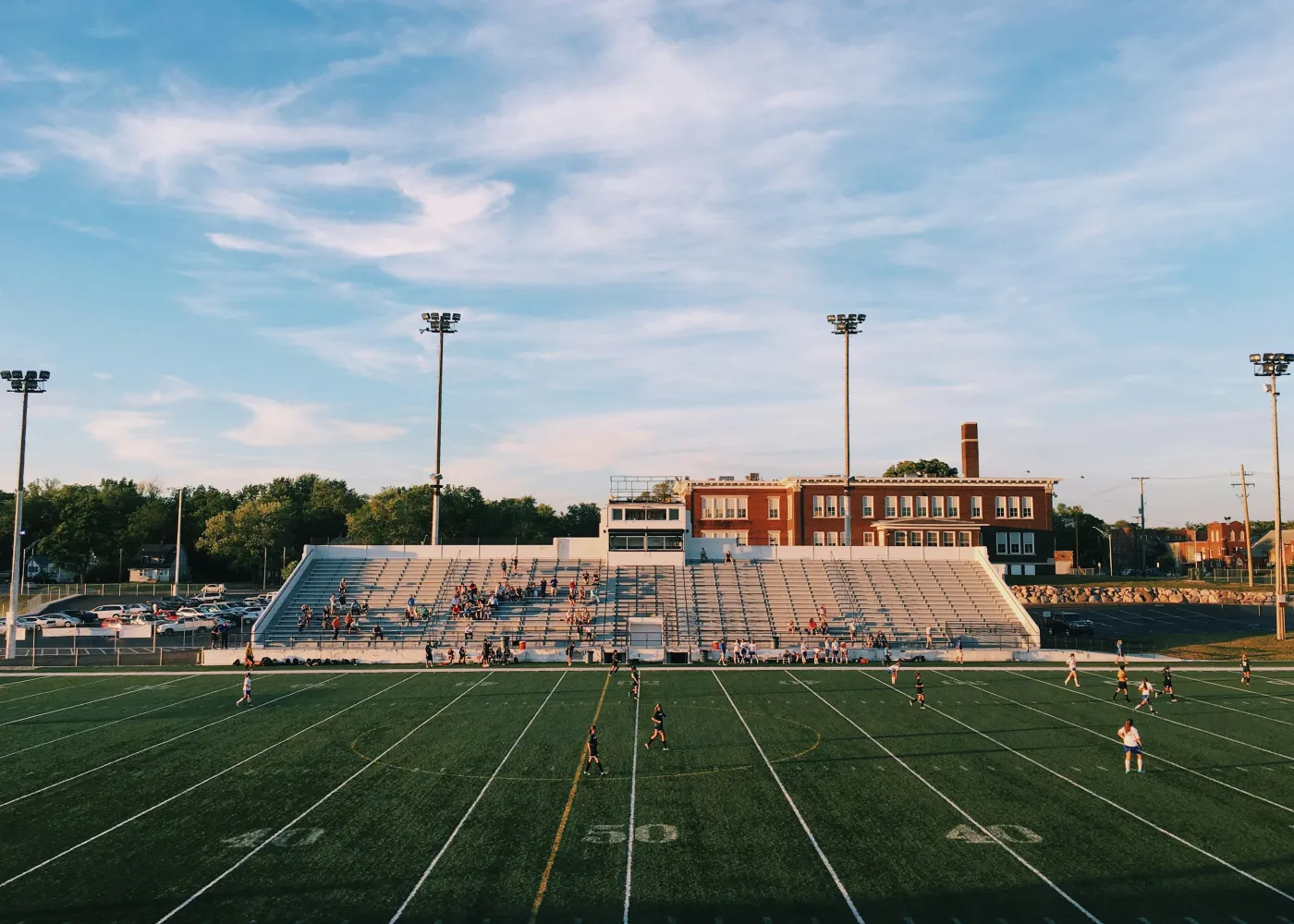


Our Services
Magnetic resonance imaging (MRI) is a diagnostic exam that uses a combination of a large magnet, radiofrequencies and a computer to produce detailed images of organs and structures within the body, such as bones, joints and soft tissue.
OrthoSouth Surgery Centers in Germantown and Southaven are designed to accommodate a number of surgical specialties, including orthopedics, interventional pain management, and spine procedures. The Germantown Surgery Center is recognized as a 2025 Top ASC for Orthopedics & Spine by U.S. News & World Report.

We consider it a privilege to treat your employees. We view both the employers and employees we serve as our clients, and strive to provide 5-star service at the highest level to employer and patient alike.
Our workers' compensation group is available to provide medical opinions, treatment, and support for employee work injuries at any of our eight clinic locations across the Mid-South region.
With two MRI locations and two surgery centers in Shelby County and DeSoto County, as well as physical and occupational therapy, we offer complete orthopedic care to help get patients back to what matters.
As part of the OrthoSouth and Baptist Memorial Health Care joint Institute for Orthopedic Excellence, OrthoSouth's team of hospitalists practice on-site at Baptist Memorial Hospital in East Memphis. These orthopedic hospitalists provide timely, coordinated care to patients admitted to the hospital through the Emergency Department.
Athletic training involves the prevention, examination, diagnosis, treatment, and rehabilitation of sports related medical conditions. Athletic trainers work on the front lines in collaboration with physicians and other medical providers to keep athletes safe and healthy, and to treat and rehab physical injuries that might occur.
OrthoSouth is proud to manage a robust sports medicine program that oversees athletic training partnerships in schools across the Mid-South region.
OrthoSouth Physical Therapy is driven by the desire to provide world class rehabilitative care for all orthopedic diagnoses. We do this through a unique team approach with board certified orthopedic surgeons and licensed physical and occupational therapists possessing advanced training and certifications in orthopedic rehabilitation. Your physician and therapist work together to guide you through a progressive rehab program utilizing the most up-to-date techniques, equipment, and advanced skill.
OrthoSouth® emphasizes advanced training for its therapists. Many of our therapists have either completed or are working toward completion of their Board Certified Orthopedic Clinical Specialist (OCS) which requires a minimum of 2000 clinical hours, advanced clinical knowledge, experience, and skills testing in orthopedics. Other OrthoSouth® therapists have achieved or are pursuing advance certifications or training in a variety of orthopedic rehabilitation sub-specialties or techniques.
Electrodiagnostic testing, often referred to as EMG or EMG/NCV testing, is a crucial method for assessing symptoms such as pain, tingling, numbness, weakness, and loss of coordination, as well as any issues involving the nerves and muscles. At OrthoSouth®, our physicians who conduct electrodiagnostic tests collaborate closely with both surgical and non-surgical colleagues and providers to ensure comprehensive diagnoses, allowing for the best possible care optimization.
Specialized Care & Treatment
We seek to redefine the delivery of orthopedic care - from appointment scheduling to office visit to treatment - so you can get back to what matters as soon as possible.
By providing the most rewarding patient experience and demonstrating that Orthosouth doesn't view patients' orthopedic medical needs in a strictly clinical vacuum - but as a holistic service experience, with the empathy and awareness of an interested partner, we support, celebrate and prolong our patient's active, lifetime journey.

Back & Neck
Back & Neck
The Spine Institute at OrthoSouth is your premier team for comprehensive, personalized back and neck care aimed at getting you back to what matters most.

General Orthopedics
General Orthopedics
At OrthoSouth, we prioritize patient-centered general orthopedic care tailored to your individual needs. Our experienced and empathetic physicians, along with their friendly teams, ensure that you have the best patient experience available in orthopedic care.

Elbow
Elbow
Our experienced upper extremity specialists offer personalized care and advanced treatments for a broad range of conditions and injuries related to the elbow, including cubital tunnel syndrome, tennis elbow, and more.

Foot & Ankle
Foot & Ankle
At OrthoSouth, we are dedicated to accurately diagnosing and treating foot and ankle injuries with the utmost care. Our skilled specialists develop personalized treatment plans to help you return to the activities you love.

Hand & Wrist
Hand & Wrist
The expert hand and wrist surgeons at OrthoSouth work closely with certified hand therapists, together bringing over 60 years of collective experience to your unique case. From minimally invasive carpal tunnel release, to complex fractures of the hand or wrist, and everything in between, the hand and wrist team has you covered.

Knee
Knee
Our knee providers offer a full spectrum of knee care, from conservative treatments for knee pain to minimally invasive procedures and total knee replacements. Our knee specialists employ the latest techniques and technology to deliver personalized care tailored to getting you back to the activities you enjoy.

Hip & Pelvis
Hip & Pelvis
The OrthoSouth Hip and Pelvis team handles a broad range of hip or pelvic injuries, starting with the most conservative treatments appropriate for your individual case. Our capabilities include physical and occupational therapy, fracture repair, total joint replacement, and more - all with the goal of getting you back to living the life you love.

Joint Replacement
Joint Replacement
OrthoSouth joint replacement surgeons offer more than a new hip or knee - they offer a warm and empathetic experience that helps you return to the activities and people you love.
Our capabilities include robot-assisted joint replacement, same-day outpatient joint replacement, and a variety of techniques and approaches, giving you the freedom to work with your surgeon on the best fit for your needs.

Orthobiologic Medicine
Orthobiologic Medicine
OrthoSouth has taken a serious approach to integrating orthobiological science and techniques into our practice. We work in committee fashion to maintain rigorous standards in our approach while allowing for individualized treatment plans.

Orthopedic Oncology
Orthopedic Oncology
At OrthoSouth our dedicated orthopedic oncology team led by Dr. Michael Neel treats tumors and cancers impacting bones, cartilage, fibrous tissues, muscles, nervous tissues, soft tissues, and vessels.
BOOK CONSULT WITH DR. NEEL

Physical Medicine
& Rehabilitation
Physical Medicine
& Rehabilitation
The dedicated PM&R staff at OrthoSouth focuses on non-surgical interventions for improving and restoring functional ability and quality of life in individuals with conditions impacting nerves, bones, joints, ligaments, muscles, and tendons.

Shoulder
Shoulder
With the largest number of fellowship trained shoulder surgeons in the Mid-South region, OrthoSouth's broad shoulder capabilities are represented at all of our Mid-South clinic locations.
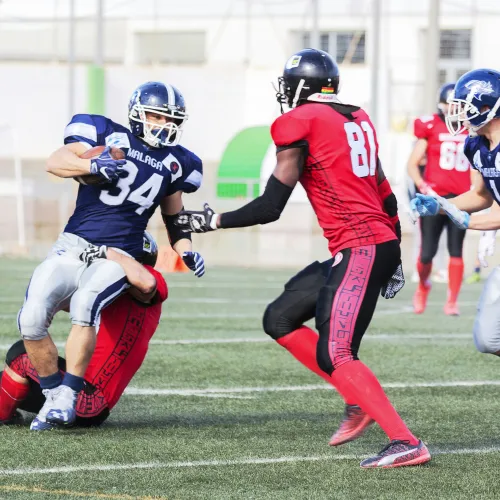
Sports Medicine
Sports Medicine
From local high school basketball players to weekend warriors and professional triathletes, the sports medicine team at OrthoSouth has you covered.
OrthoSouth Physical & Occupational Therapies
OrthoSouth Physical Therapy is driven by the desire to provide world class rehabilitative care for all diagnoses. We do this through a unique team approach with Board Certified Orthopedic Surgeons and Licensed Physical and Occupational Therapists possessing advanced training and certifications to get you back to what matters most.

OrthoSouth Physical Medicine & Rehabilitation
Physical medicine and rehabilitation (PM&R), also known as physiatry or rehabilitation medicine, aims to enhance and restore functional ability and quality of life to those with physical impairments or disabilities affecting the brain, spinal cord, nerves, bones, joints, ligaments, muscles, and tendons. A physician having completed training in this field is referred to as a physiatrist. Unlike other medical specialties that focus on a medical "cure," the goals of the physiatrist are to maximize patients' independence in activities of daily living and improve quality of life. Physiatry may also be a care pathway for patients who are not ready for surgery or for whom surgery is not the best option.
